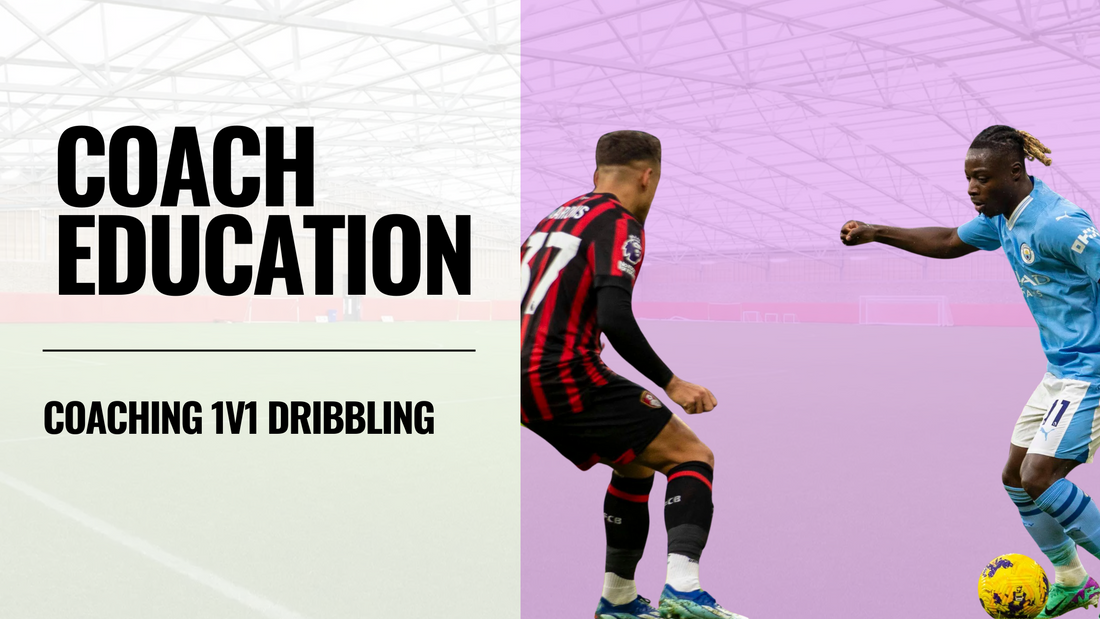
Coaching 1v1 Dribbling: Unlocking Individual Brilliance
Share
How to Coach the Techniques to Beat Players 1v1
Mastering 1v1 dribbling starts with building the technical foundation that underpins individual skill. Here are the key components:
Agility and Balance
Dribbling success often hinges on how quickly a player can shift direction and accelerate. Use SAQ drills (speed, agility, quickness), balance boards, and reactive movement work. Exercises like cone weaves, lateral shuffles, and quick-feet ladders help mimic the real-time movement needed to unbalance defenders.
Ball Manipulation with Both Feet
Players must be equally comfortable using both feet and all surfaces—inside, outside, sole, and laces. Set up tight-space dribbling grids with varied constraints (only left foot, only sole, etc.), and incorporate freestyle-style control challenges to build technical dexterity.
Scanning & Space Recognition
Before dribbling, players must identify where the space is and where the defender is overcommitted. Work with small groups in functional game situations—4v4 with end zones or tight 1v1 lanes—and stop action to ask players what they see.
Control Tempo: Slow-Fast Rhythm
Elite dribblers know when to pause, lure defenders in, and then explode. Drills should focus on this rhythm change. Try 1v1 start-stop zones where players slow to walking pace before exploding through mini-gates past a defender. Encourage deceptive body language and feints.
Introduce Contact
Build resilience by adding semi-contact or passive pressing early on, progressing to live 1v1 defending. Players must learn to use their bodies to shield, ride contact, and protect the ball when unbalanced.
How to Utilise Space When Dribbling 1v1
Dribbling isn’t just a flashy skill—it’s a spatial battle. Understanding how to exploit space is essential for consistent 1v1 success.
Drag Defenders into Wide Areas
Encourage players to shift defenders away from central support by receiving wide and isolating. Position-specific rondos and flank-based 1v1s can reinforce this.
Exploit Inside Channels
Once defenders overcommit to the touchline, teach players to cut back into the half-space. The best wingers often attack diagonally, not just down the line.
Timing of the Dribble
There’s a perfect moment to go—often when the defender is flat-footed or slightly over-committed. Teach players to wait for the defender to make the first move, then burst. Freeze-frame analysis in training can help players recognise these cues.
Use Space Behind
Especially on transition, players should dribble into the space behind defenders rather than just at them. Shadow defender drills and chase races (where the attacker starts slightly ahead) build this mindset.
Building Up Play to Isolate Wingers 1v1
To maximise 1v1 potential, the whole team must create the conditions for isolation. Here’s how to coach that tactically:
Overload Opposite Flank
Have your team intentionally build up on one side to pull defenders across, then switch quickly to isolate a winger. Use “overload then switch” patterns in positional games and half-pitch scenarios.
Position Full-Backs Smartly
When full-backs underlap, they drag markers inward, giving wingers more width to exploit. Train underlaps and decoy runs in functional winger-fullback combinations.
Early Service in Wide Areas
Midfielders and centre-backs should be encouraged to look wide early. This prevents recovery from the defensive block. Use constraints like “first option must be a winger” in 7v7 games to reinforce this.
Positional Rotation
Using an attacking midfielder to drift wide or a winger coming inside can momentarily unbalance the opponent’s marking scheme. Use small-group pattern drills to train this interchange.
Players to Watch:

Jérémy Doku (Manchester City)
- Dribbles per 90: 11.88
- Success Rate: 64%
- Take-Ons into Box per 90: 2.18
Doku is a perfect blueprint for chaotic, high-volume 1v1 attacking. His ability to go either side, coupled with relentless acceleration, makes him one of Europe’s most feared wide men. He isolates defenders through City's overloads and then explodes into the box with remarkable efficiency.
Coaching Tip: Use Doku as a model for explosiveness and dual-footed dribbling. Show clips of his body feints and how he drives into space when the full-back shows the line.

Jamie Bynoe-Gittens (Borussia Dortmund)
- Dribbles per 90: 8.92
- xG per Shot: 0.07
- Conversion Rate (Left Foot): 25%
Still just 20, Bynoe-Gittens is developing into a direct, goal-focused winger. His flair and progressive carrying stand out. He’s less involved in build-up, but when he gets the ball, he commits defenders and drives into dangerous areas. A true final-third dribbler.
Coaching Tip: Use him to highlight how effective it is to commit early, take risks, and shoot quickly after beating a player.

Jamal Musiala (Bayern Munich)
- Progressive Carries per 90: 11.44
- Take-On Success Rate: 62%
- Carries into Final Third per 90: 3.72
Musiala is not a traditional winger but excels in tight 1v1 spaces—especially in central areas. His deceptive movement, close control, and sharp turns make him lethal between the lines. He’s a master of space manipulation through dribbling.
Coaching Tip: Highlight Musiala’s ability to operate in crowded areas and use quick feet to shift balance. A great example for attacking midfielders or inverted wingers.

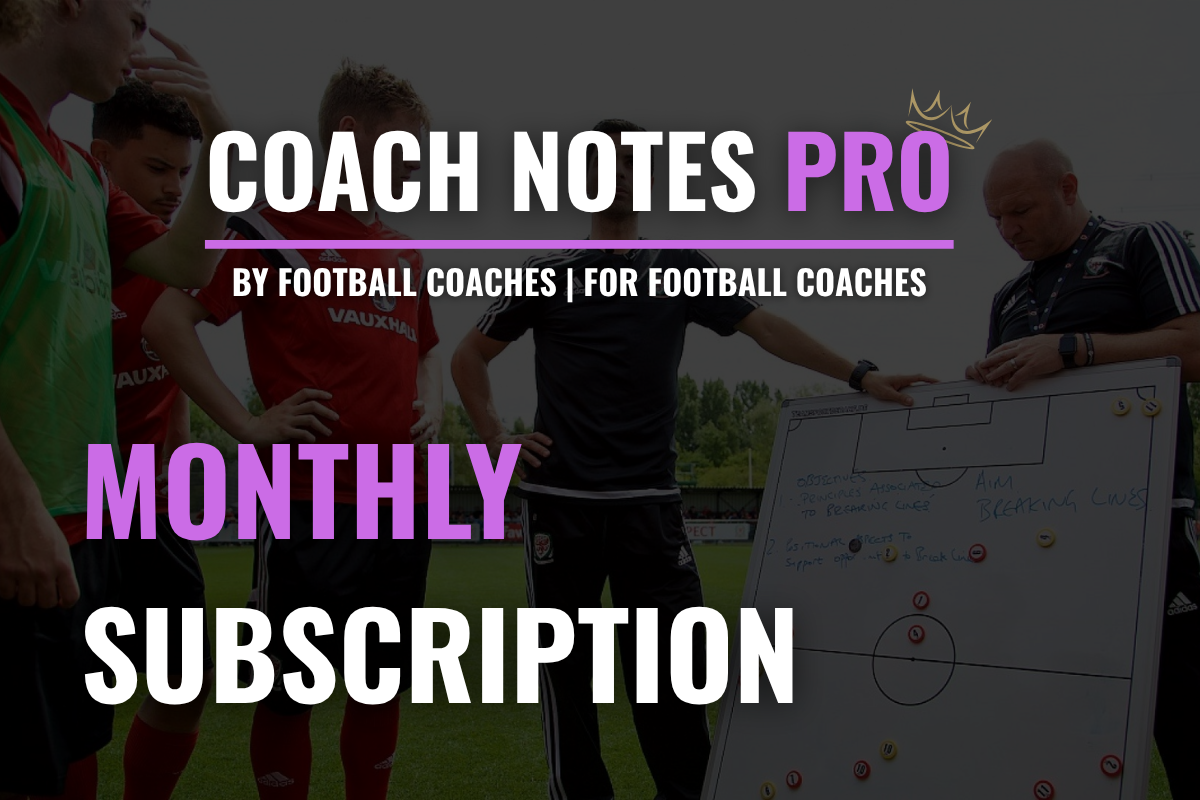
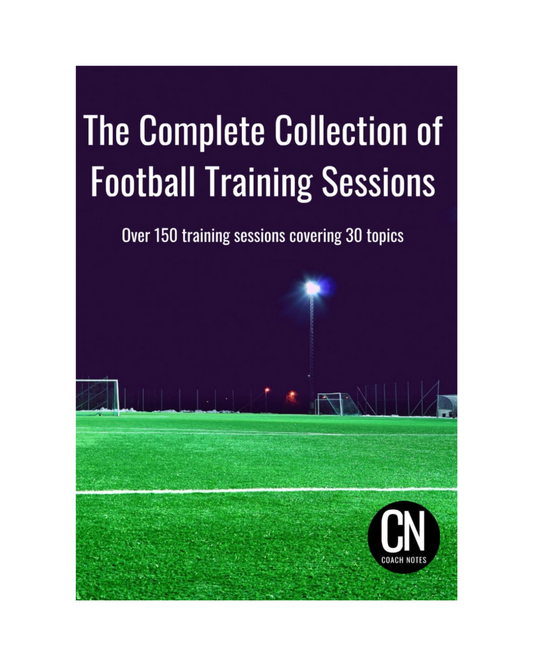
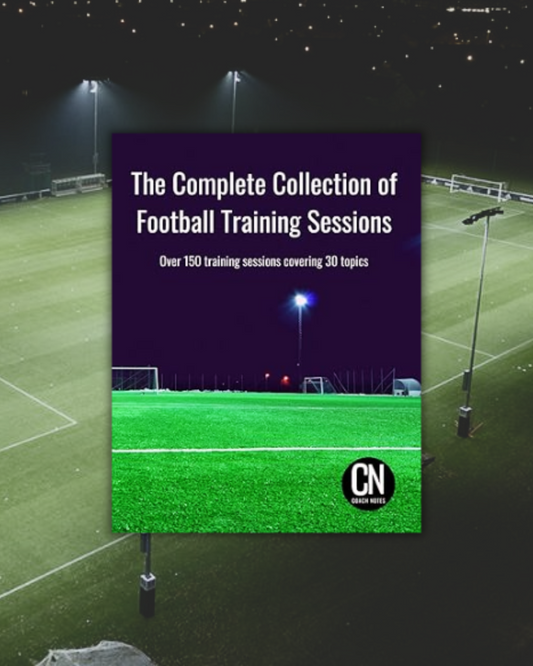
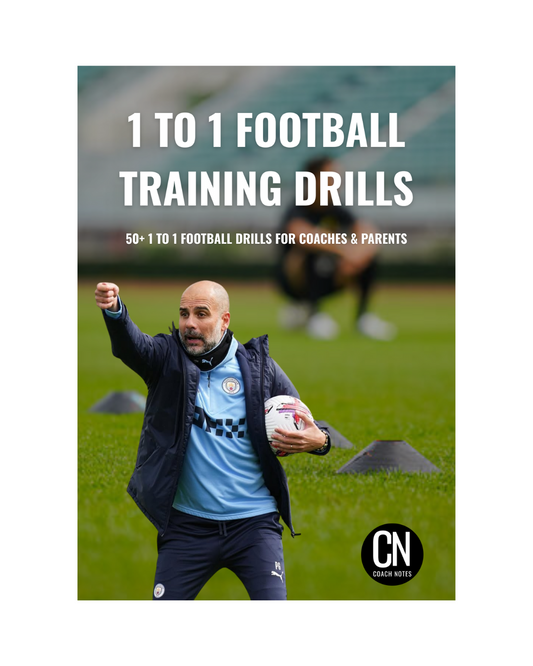
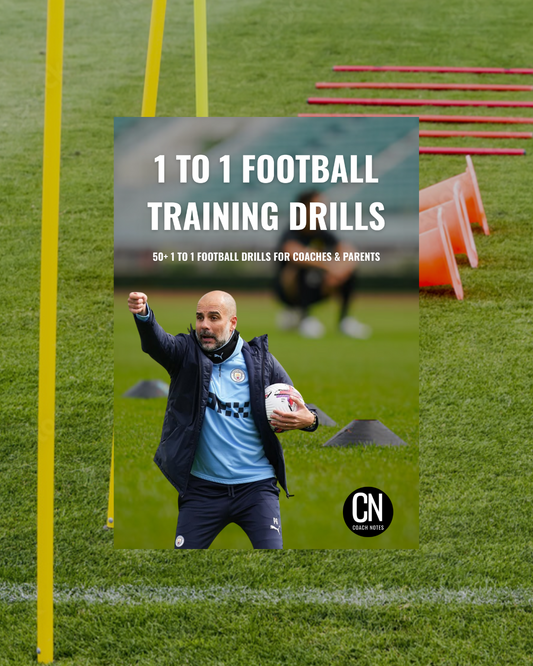
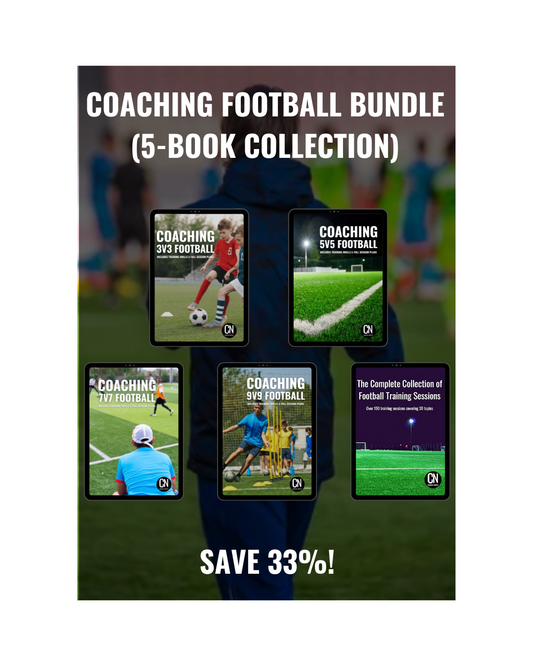
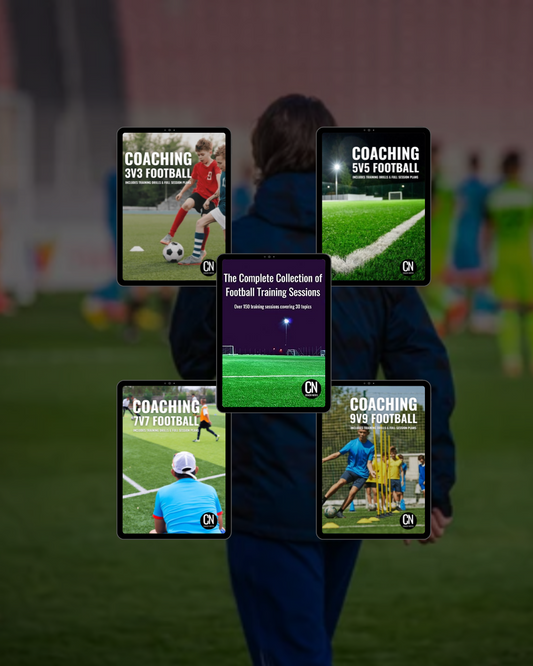
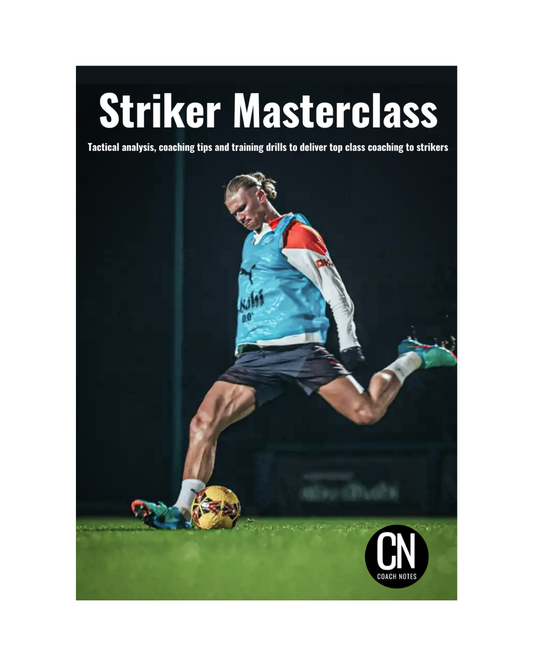
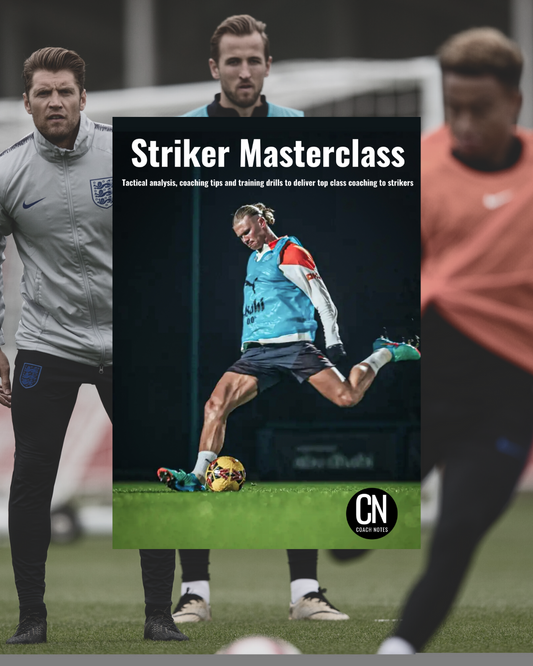
1 comment
I need learning